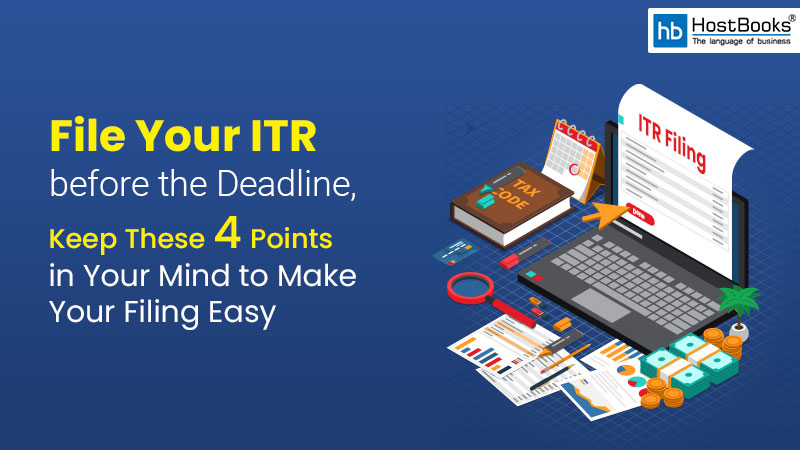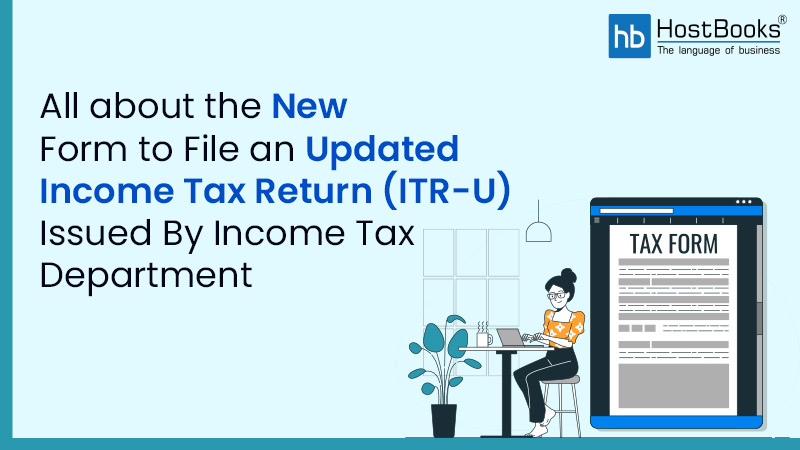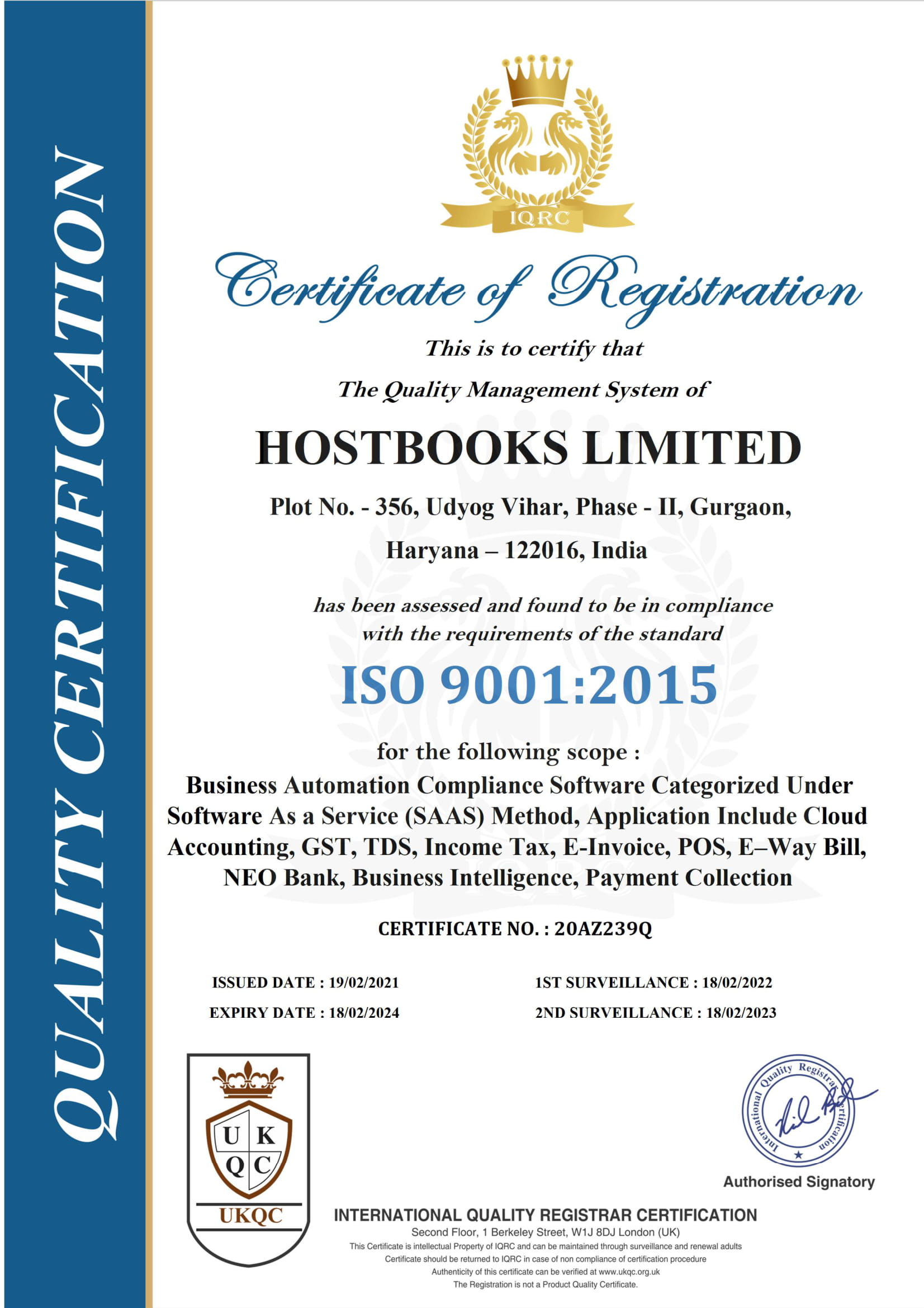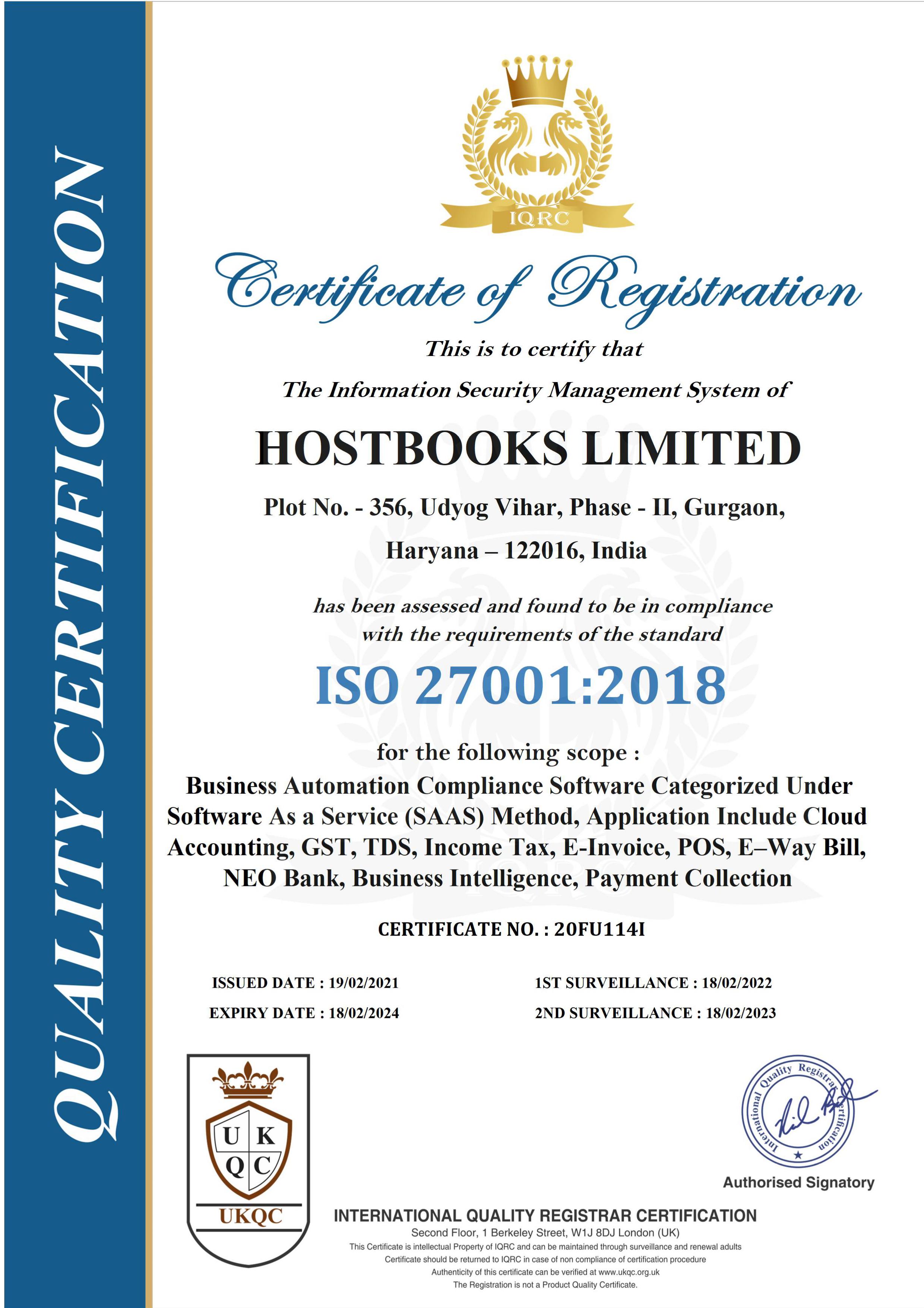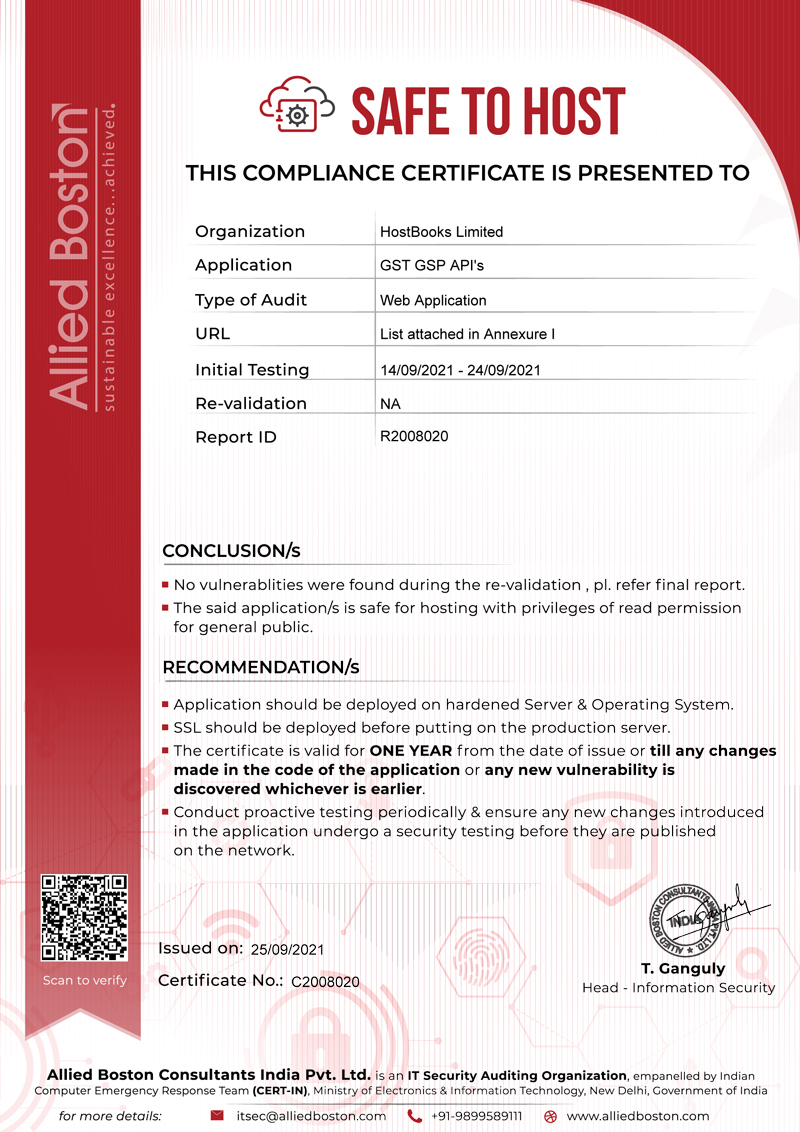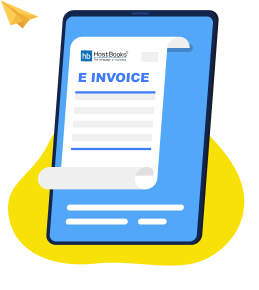
File Your ITR Before the Deadline, Keep These 4 Points in Mind to Make Your Filing Easy
July 26, 2022
Introduction:
This guide has been written as per the last update: ICEGATE (Indian Customs EDI Gateway)
Bill of Entry (Electronic Integrated Declaration and Paperless Processing) Regulations, 2018
Notification No. 79/2011-Cus (N.T.) dated 25.11.2011 amended by Notification No 45/2016-Cus (N.T.) dated 01.04.2016, Notification No. 36/2018-Cus (N.T.) dated 11th May, 2018.
What is a Bill of Entry?
A Bill of Entry is a crucial document (more detailed than an invoice) that is filed with authorities while importing goods from another country or from a Special Economic Zone (SEZ)*.
The Bill of Entry is like an information package about the imported items, providing details such as what the goods are, where they are coming from, who is importing them, and their value. This legal paperwork is filed by importers or customs clearing agents, acting as a formal declaration to the customs authorities about the arrival of these goods.
The Bill of Entry (BOE) is a detailed document submitted by importers during the customs clearance process. Bill of Entry for import contains details like importer information, goods description, duty specifics, and shipment details. It is generally filled out online by importers to claim ITC for GST.
Here we are going to discuss all aspects of Bill of entry, its importance, types, and format. Besides we would also explain step by step process to file Bill of entry at ICES and claim GST ITC.
Once the Bill of Entry is filed, a Customs officer will examine the goods to verify the information provided. Following this, the importer is required to pay various taxes like basic customs duty, Integrated Goods and Services Tax (IGST), and GST compensation cess to clear the goods.
SEZ (Special Economic Zone): It is a designated area within a country that operates under special economic regulations and policies different from the rest of the country. Therefore, purchases from a SEZ is considered as Import.
Why is filing a Bill of Entry Important?
Bill of Entry helps in ensuring the legality of the imported goods and plays a crucial role in determining the appropriate taxes that need to be paid. Besides, for the importers it’s important to file BOE to claim for the Input Tax Credit for the IGST and Compensation cess collected during Import.
How Many Types of Bill of Entry are There?
There are three major types of bills of entry selected depending on the nature of the import and the intended use of the goods.
- Bill of Entry for Home Consumption: This type is used when the imported goods are meant for consumption (home or business) within the importing country. After filing, the goods are cleared for home consumption, and the importer can claim Input Tax Credit (ITC) for GST paid.
- Bill of Entry for Warehousing: Purpose: Also known as Bond Bill of Entry, it is used when the importer does not wish to pay import duties immediately. The goods are stored in a dedicated warehouse until the import duties are cleared. The importer can choose to pay the duties later.
- Bill of Entry for Ex-Bond Goods: Used when the importer wishes to release goods from the warehouse after opting for warehousing. The Bill of Entry for Ex-Bond Goods is filed when the importer decides to clear the warehoused goods for home consumption.
Details to be furnished in BOE
Here are the details typically furnished in a Bill of Entry for Import.
| Section | Details Included | Description |
|---|---|---|
| Importer Information |
Name and Address Import-Export Code (IEC) |
Details of the entity/person importing the goods. Unique code for identifying importers. |
| Goods Details |
Description Quantity and Unit Classification (Customs tariff heading) Value |
Comprehensive details of the imported goods. Quantity and measurement unit of the goods. Categorization under Customs tariff. Monetary value of the imported goods. |
| Shipping Information |
Port Code Vessel’s Name Country of Origin |
Code for the customs port of entry. Name of the ship or vessel transporting goods. Country from which the goods originate. |
| Customs Duty Details |
Assessable Value Basic Customs Duty Additional Duty Integrated Goods and Services Tax (IGST) |
Value for customs duty calculation. Primary duty on the import value. Supplementary duty on specific goods. GST on imported goods. |
| Compensation Cess |
GST Compensation Cess |
Levy on luxury and demerit goods. |
| Exemptions and Notifications |
Exemption Notifications Notifications for Customs Duty |
Details of exemptions from IGST or cess. Special conditions for customs duty. |
| Declaration and Signatures |
Customs House Agent (CHA) Importer |
Declaration and signature of CHA. Declaration and signature of the importer. |
| Other Specifics |
Bill of Lading Details Packages and Quantity Special Additional Duty (SAD) |
Information from the bill of lading. Number of packages, weight, or volume. Applicable duty for customs. |
| GST Details (in GST regime) |
GST Identification Number (GSTIN) HSN Code |
GSTIN for claiming Input Tax Credit. HSN Code specifying classification and GST rate for the good |
| Country of Consignment |
If different from the country of origin |
Country from which goods are shipped. |
| Additional Documents (Optional) |
Shipping Invoice Packing List Bill of Lading Insurance Documents Bank Draft or Letter of Credit |
Document detailing shipped goods. List specifying contents of each package. Document acknowledging receipt of goods. Documents related to goods insurance. Payment-related documents if applicable. |
| Unique Identification |
Bill of Entry Number |
Unique identifier for tracking and reference (Auto Generated) |
Format of Bill of Entry (Form)
The Central Board of Indirect Taxes has prescribed format in which Bill of Entry should be furnished with the Commissionerate of Customs through the Notification No. 90/2020-Cus.(N.T.), dated 17/09/2020.
CBIC has prescribed the format for all three types of Bill of Entry: Home Consumption, Ex-Bond Clearance, and Bill of Entry For Warehousing.
You can download the specified Bill of Entry Form by clicking here:
- Bill of Entry For Home Consumption
- Bill of Entry For Warehousing
- Bill of Entry For Ex-bond Clearance
Bill of Entry Example
–Image–
Steps for Filing of Bills of Entry
Filing a Bill of Entry (BoE) is a complex process, and we would recommend you hire a CHA for smooth process. However, you might need to file BOE to get your couriers from abroad and hiring a custom agent could be expensive.
Note: Keep in mind that some of the online filing features are only available for Agents and brokers.
Here are the steps to import goods from overseas on bill of entry.
- 1. Figure out the details First:
- Confirm the mode of shipment with the Customs House Agent (CHA) or importer.
- Identify whether the goods are shipped via air freight, sea, or courier, as different modes may involve different customs offices.
- Have the right sales invoice, insurance documents, valuation, and classification of goods ready.
- 2. Choose the Correct Customs Commissionerate:
- For air freight, the ACC Import Commissionerate handles the process.
- For courier mode, the New Courier Terminal ACC Export Commissionerate (NCT) is responsible.
- 3. Electronic Filing via ICEGATE Portal:
- The Bill of Entry is typically filed electronically through the Indian Customs EDI System.
- Select or download the Bill of Entry format from the official website of customs.
- 4. Fill Necessary Information and Submit:
- Fill in the required details in the BOE form and submit. Unique Bill of Entry Number would be Generated.
- Note: For manual Bill of Entry filing, you need to type down the form along with all details and file with Commissionerate. Four hard copies of the Bill of Entry are filed. The first and second copies are for customs, the third copy is for the importer, and the fourth copy is submitted to the Reserve Bank through the authorized dealer bank of the importer.
- 5. Payment of Custom Duties:
- Integrated Goods and Services Tax (IGST), and Compensation Cess.
- Note: For Warehousing, you can choose to pay the duties later while receiving the goods.
- 6. Customs Examination:
- After payment, the customs officer examines the goods and issues an “Out of Charge” (OOC) if the examination is successful.
- 7. Declaration and Signatures:
- The BOE includes two declaration and signature sections – one for the Customs House Agent and one for the importer.
- Both parties must sign the document to validate it.
- 8. Check Status and Track:
- Keep track of the status of the Bill of Entry through the customs department.
What is Bill of Entry under GST?
Along with custom duties, the imported goods are also subject to GST, cess, and compensation cess.
Under the GST regime, the import of goods into India (or from SEZ) is treated as a supply of goods during inter-state trade, attracting the levy of Integrated Goods and Services Tax (IGST).
Calculation of GST on Imports
IGST is payable on imported goods and is calculated based on the assessable value plus the Customs Duty levied under the Customs Act and any other duty chargeable on the goods. GST Compensation Cess may also apply to certain luxury and demerit goods.
| Calculation Component | Illustration |
|---|---|
| Value of Imported Good | X |
| Basic Customs Duty (BCD) | Y |
| Value on which IGST is calculated | X + Y |
| IGST Payable | (X + Y) * IGST Rate |
| Compensation Cess Payable | (X + Y) * Cess Rate |
| Total Value | Value of Imported Goods + BCD + IGST + Compensation Cess |
- Input Tax Credit for Imports: Importers can use Input Tax Credit (ITC) for the integrated tax (IGST) paid during the import process. To claim ITC, the importer must declare their GST Registration Number (GSTIN) in the Bill of Entry.
- Procedure for Paying GST on Imports: The Customs Act, 1962 stipulates that goods can be removed from a customs station only after the payment of Customs Duty and the IGST, and compensation cess payable.
- Importers are required to pay the integrated tax at the time of removing goods from a customs station to a warehouse.
- Claiming ITC on Import of Goods: Importers can claim Input Tax Credit (ITC) on IGST and GST Compensation Cess paid during the import process by declaring their GSTIN in the Bill of Entry and filing GSTR-2 with relevant documents.
Note: Basic Customs Duty (BCD) is not eligible for ITC.
How to Make a Bill of Entry Payment?
Bill of Entry payment involves calculating and paying the amount Customs Duty, Integrated GST (IGST) and compensation Cess as applicable. For offline payment you must create a challan and submit the challan copy to Commissionerate of Customs. However, you can make bill of payment online through the given.
What is difference between bill of lading and bill of entry?
Here are the major differences between Bill of Entry and Bill of Lading.
- Bill of Entry (BoE):
- Prepared by the importer or Custom clearance agencies.
- Details for imported goods, importer, valuation, and duties.
- Based on documents like Bill of Lading, Commercial Invoice, etc.
- Bill of Lading (BoL):
- Prepared by the shipping line for goods shipment.
- Contains comprehensive consignment and shipment details.
- Used for tracking throughout the journey.
FAQs About Bill of Entry
How to Check the Bill of Entry Status?
You can check the Bill of Entry status from the ICEGATE portal. Fill in the details like Location, BOE number, data and captcha and submit to check the status of Bill of entry.
How to Find Bill of Entry on GST Portal?
Here are the steps to search Bill of Entry(BoE) on GST portal
- Access www.gst.gov.in.
- Navigate to Services > User Services > Search BoE.
- Enter Port Code, BoE Number, BoE Date, and Reference Date.
- Click SEARCH to access the details.
- Note: BoE records dated before 12/07/2020 may not be available in GSTR-2B.
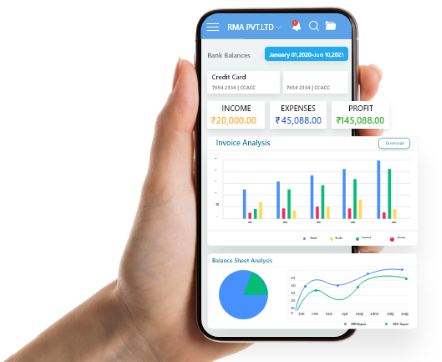
Try HostBooks
SuperApp Today
Create a free account to get access and start
creating something amazing right now!





